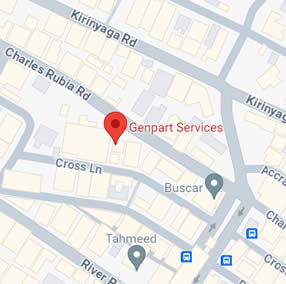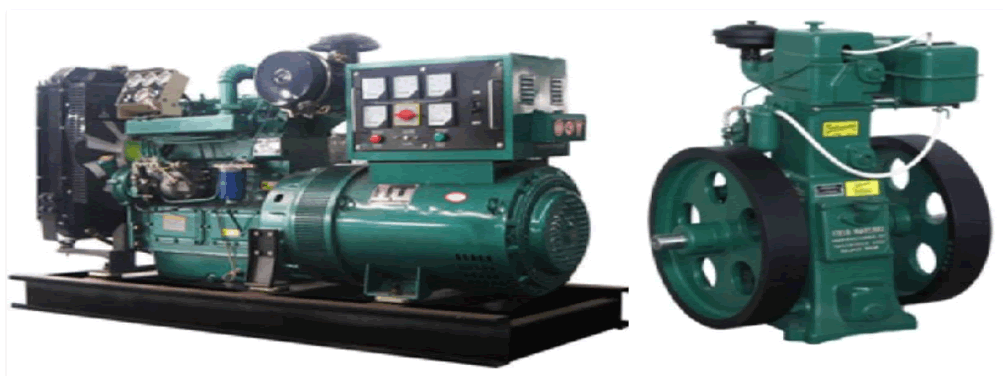
Service & Maintenance Plan for Lister Petter Genenerator Sets
Proactive Preventive Maintenance is very critical for those who have made a capital outlay investment to buy a Lister Petter genset. At Genpart Services Ltd, we offer our clients service agreements tailored to suit and organization's needs. This includes regular preventive maintenance and one-off servicing as per engine handbook's schedule.
To guide technicians on the ground, we give some details here on best practices for maintenance of Lister Petter engines. This ensures that their daily tasks, weekly and monthly checks are reported through a generator maintenance template for consideration and reference
General Inspection
When the generator set is run for preventive maintenance purposes, the attending service engineer needs to be alert for mechanical problems that could create unsafe or hazardous conditions. Following are several areas that should be inspected frequently to maintain safe and reliable operation.
Exhaust system: With the generator set operating, inspect the entire exhaust system including the exhaust manifold, muffler and exhaust pipe. Check for leaks at all connections, welds, gaskets and joints, and make sure that the exhaust pipes are not heating surrounding areas excessively. Repair any leaks immediately.
Fuel system: With the generator set operating, inspect the fuel supply lines, return lines, filters and fittings for cracks or abrasions. Make sure the lines are not rubbing against anything that could cause an eventual breakage. Repair any leaks or alter line routing to eliminate wear immediately.
Air intake system: Check the turbocharger (if applicable) and associated components. Clean or replace air cleaner filter elements based on the conditions in which the generator set operates.
DC electrical system: Check the terminals on the starting batteries for clean and tight connections. Loose or corroded connections create resistance which can hinder starting.
Engine: Monitor fluid levels, oil pressure and coolant temperatures frequently. Most engine problems give an early warning. Look and listen for changes in engine performance, sound, or appearance that will indicate that service or repair is needed. Be alert for misfires, vibration, excessive exhaust smoke, loss of power or increases in oil or fuel consumption.
Lubrication Service
Engine oil level must be checked when the engine is shut down. For accurate readings on the engine’s dipstick, shut off the engine and wait approximately 10 minutes to allow the oil in the upper portions of the engine to drain back into the crankcase. Follow the engine manufacturer’s recommendations for API oil classification and oil viscosity. Keep the oil level as near as possible to the “full” mark on the dipstick by adding the same quality and brand of oil. Change the oil and filter at the intervals recommended. Used oil and filters must be disposed of properly to avoid environmental damage or liability.
Cooling System Service
Coolant level must be checked when the engine is shut down. Remove the radiator cap after allowing the engine to cool and, if necessary, add coolant until the level is about 2 centimitres below the radiator cap lower sealing surface. Heavy duty diesel engines require a balanced coolant mixture of water, antifreeze and coolant additives. Use a coolant solution as recommended by the engine manufacturer.
Inspect the exterior of the radiator for obstructions and remove all dirt or foreign material with a soft brush or cloth. Use care to avoid damaging the fins. If available, use low pressure compressed air or a stream of water in the opposite direction of normal air flow to clean the radiator. Check the operation of the coolant heater by verifying that hot coolant is being discharged from the outlet hose.
Fuel System Service
Diesel fuel filters should be drained at the interval indicated by the manufactturer. Water vapor accumulates and condenses in the fuel tank and must also be periodically drained from the tank along with any sediment present.
Air Intake Service
The charge-air piping and hoses should be inspected daily for leaks, holes, cracks or loose connections. Tighten the hose clamps as necessary. Also, inspect the charge-air cooler for dirt and debris that may be blocking the fins. Check for cracks, holes or other damage.
The engine air intake components should be checked at the required interval. The frequency of cleaning or replacing air cleaner filter elements is primarily determined by the conditions in which the generator set operates. Air cleaners typically contain a paper cartridge filter element which can be cleaned and reused if not damaged.
Servicing & Testing Starting Batteries
Weak or undercharged starting batteries are the most common cause of standby power system failures. Even when kept fully charged and maintained, lead-acid starting batteries are subject to deterioration over time and must be periodically replaced when they no longer hold a proper charge. Only a regular schedule of inspection and testing under load can prevent generator starting problems.
Testing batteries: Merely checking the output voltage of the batteries is not indicative of their ability to deliver adequate starting power. As batteries age, their internal resistance to current flow increases, and the only accurate measure of terminal voltage must be done under load. Use a manual battery load tester to verify the condition of each starting battery.
Cleaning batteries: Keep the batteries clean by wiping them with a damp cloth whenever dirt appears excessive. If corrosion is present around the terminals, remove the battery cables and clean the terminals.
Checking specific gravity: Use a battery hydrometer to check the specific gravity of the electrolyte in each battery cell. A fully charged battery will have a specific gravity of 1.260. Charge the battery if the specific gravity reading is below 1.215.
Checking electrolyte level: Regularly check the level of the electrolyte in the batteries. If low, fill the battery cells to the bottom of the filler neck with distilled water.
Regular Generator Engine Exercise
Generator sets on continuous standby must be able to go from a cold start to being fully operational in a matter of seconds. This can impose a severe burden on engine parts. However, regular exercising keeps engine parts lubricated, prevents oxidation of electrical contacts, uses up fuel before it deteriorates, and, in general, helps provide reliable engine starting. Exercise the generator set at least once a month for a minimum of 30 minutes, on load if the site will allow. Accurately record all observations, performance and operational parameters and corrective measures taken for future reference.
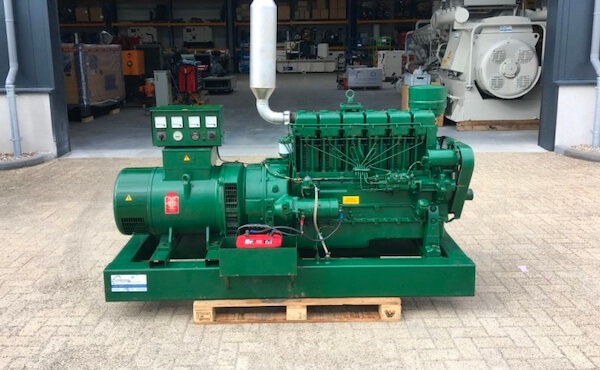
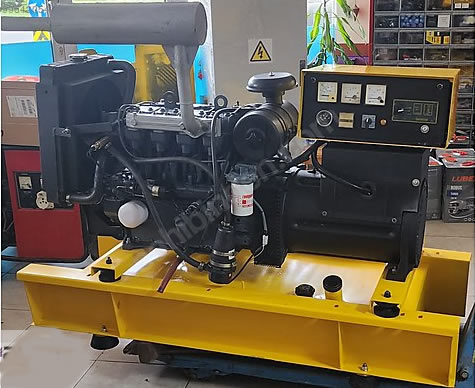
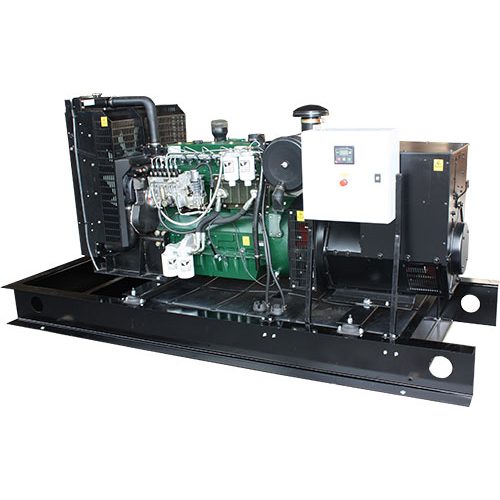
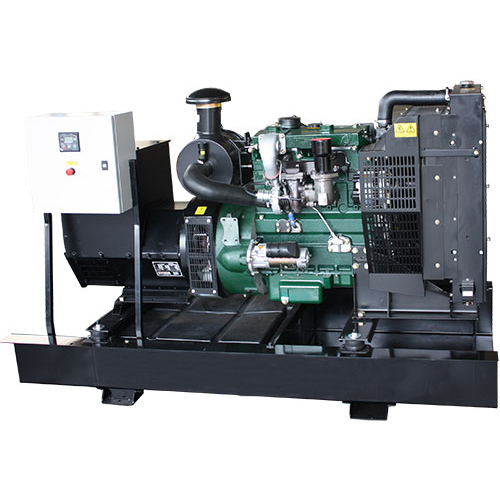
Download Service & Operations Manuals (Here)
Direct Download for Operations & Maintenance Manuals (OMM) - PDF
Click this link: Lister Petter Support Manuals


